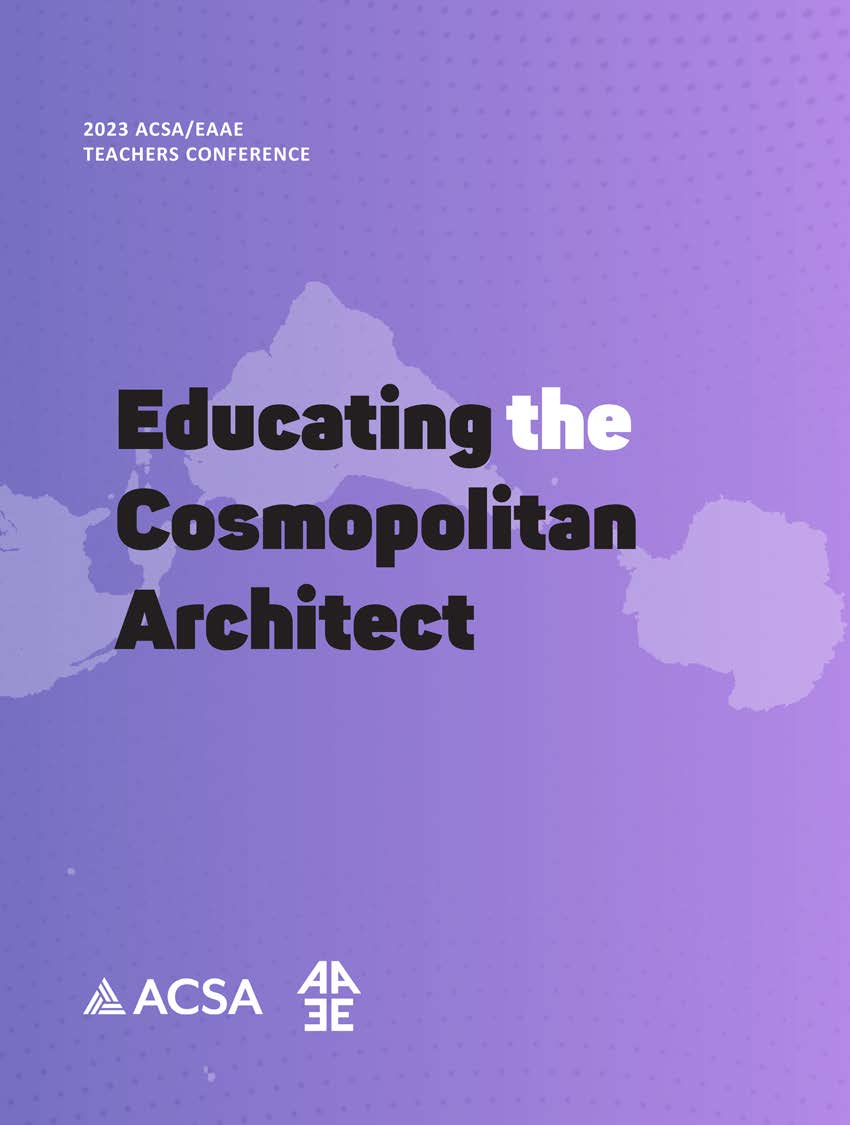Author(s): Bettina Horsch & Pauline Ouvrard
This article aims to seize the “spatial capital” as a notion to question the way in which space is taught in Schools of Architecture, both “in” and “outside” the walls. It being understood that spatial capital, following Pierre Bourdieu’s capital theory1, “is the sum of the skills acquired by an individual or a group of individuals in the field of space mastery. […] It describes the way in which space, in particular its use, its knowledge and its control, are the subject of learning which is a social and cultural construct. Spatial capital covers the ability to move around, to control, to dominate and to transform a space”2. Thus, we start from the premise that the Schools of Architecture are institutions whose vocation is to transmit a specific capital to future architects – and it is this “specificity” that we intend to question and criticize. From the crossed trajectories of architecture students, we will discuss the way in which the spatial capital of future architects is built “in” but also “outside” the School, by particular space-times which are spread out over the long term. We will focus our attention on what the institution does to students’ spatial capital, and more particularly how it transmits, compensates, distinguishes, but also reproduces specific spatial skills through teaching methods, theories and doctrines provided.
https://doi.org/10.35483/ACSA.Teach.2023.6
Volume Editors
Massimo Santanicchia
ISBN
978-1-944214-44-9

 Study Architecture
Study Architecture  ProPEL
ProPEL 
